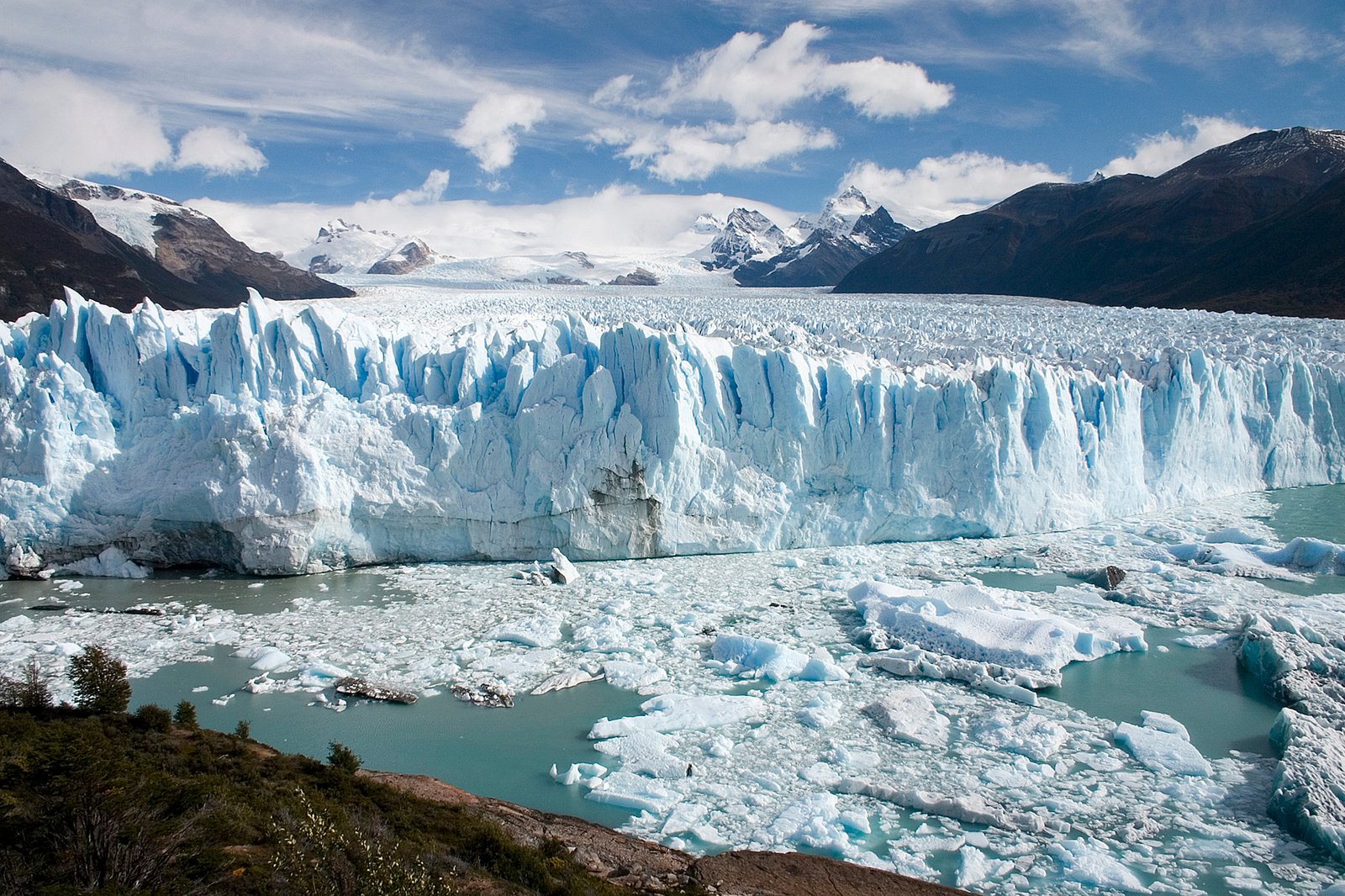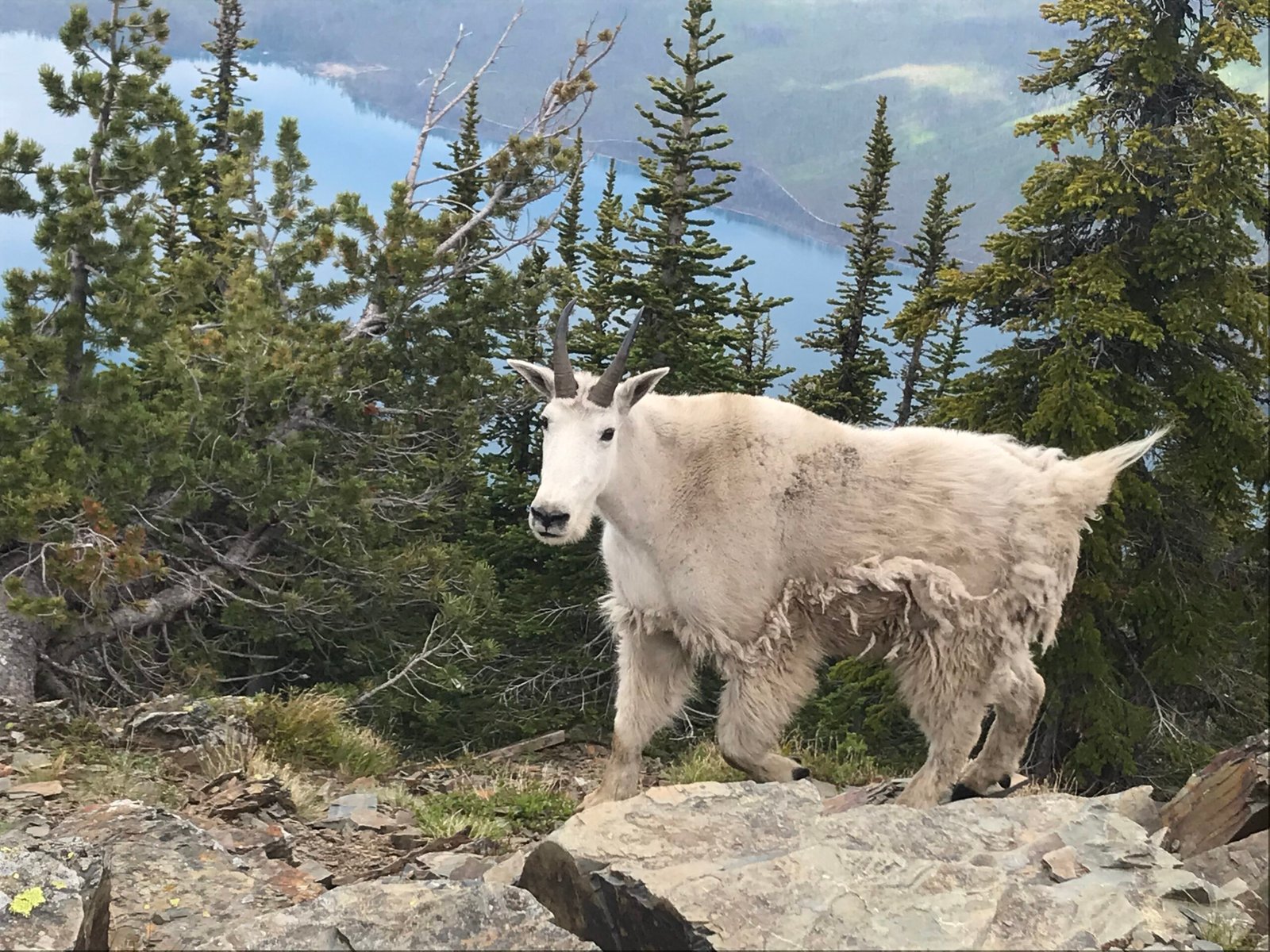The Glacier National Park backcountry forum serves as a vital resource for hikers and outdoor enthusiasts planning adventures in this pristine wilderness. This comprehensive guide provides up-to-date information on trail conditions, camping regulations, wildlife safety, and backcountry permits. Whether you’re a seasoned backpacker or a first-time visitor, this forum offers invaluable insights to ensure a safe and memorable experience in Glacier’s rugged backcountry.
What are the Current Trail Conditions in Glacier National Park?

As of the latest reports, trail conditions in Glacier National Park vary significantly:
- Highline Trail: Currently closed due to heavy snow cover. Expected to open in late June or early July.
- Swiftcurrent Pass Trail: Unbridged creek crossings and snow cover beyond Bullhead Lake. High-angle snow fields at higher elevations.
- General Conditions: Many trails still under winter conditions with snow at higher elevations. Muddy and flooded sections common.
Trail Status Overview
| Trail Name | Current Status | Hazards |
|---|---|---|
| Highline Trail | Closed | Snow cover, high-angle snow fields |
| Swiftcurrent Pass | Open with caution | Unbridged creeks, snow cover |
| Rock Garden Trail | Open | Wet and snowy sections |
| Bear Creek Falls Trail | Open | Wet sections, bear warnings |
| Great Glacier Trail | Open | Snowy sections |
Hikers are advised to:
– Stay on designated trails to prevent widening
– Wear appropriate footwear for muddy conditions
– Be prepared for snow at higher elevations
– Check latest updates before heading out
What are the Camping Regulations in Glacier National Park?


Camping in Glacier National Park’s backcountry requires adherence to specific regulations:
- Designated Campsites: Camping is only permitted in designated backcountry campsites.
- Backcountry Permits: Required for all overnight stays in the backcountry.
- Campfire Rules: Subject to restrictions; check current regulations before your trip.
- Food Storage: Proper food storage in bear-resistant containers or hanging methods is mandatory.
Key Camping Guidelines
- Backcountry campgrounds may close due to weather or hazards
- Check latest information before departure
- Follow Leave No Trace principles
- Adhere to group size limits and length of stay restrictions
How to Ensure Wildlife Safety in Glacier’s Backcountry?
Wildlife safety is paramount in Glacier National Park. Follow these guidelines:
Bear Safety
- Carry bear spray and know how to use it
- Make noise while hiking to avoid surprising bears
- Stay informed about recent bear sightings
- If you encounter a bear:
- Stay calm
- For grizzlies: Give space, avoid eye contact
- For black bears: Try to intimidate, use bear spray if necessary
Other Wildlife Encounters
- Keep a safe distance from all wildlife
- Do not feed or approach animals
- Be particularly cautious around mountain goats and bighorn sheep
What is the Process for Obtaining Backcountry Permits?
Securing a backcountry permit is essential for overnight stays in Glacier’s wilderness:
- Reservation Timeline: Can be reserved up to 6 months in advance
- Walk-in Permits: Available on a first-come, first-served basis at ranger stations
- Fees: Required for all backcountry permits
- Quota System: In place for popular trails to manage hiker numbers
Permit Application Tips
- Reserve early for popular trails like Highline
- Check quota availability before planning your trip
- Be flexible with dates and itinerary
- Familiarize yourself with park regulations before applying
What Essential Gear is Needed for Glacier’s Backcountry?
Proper gear is crucial for a safe backcountry experience in Glacier:
- Navigation: Map, compass, and GPS device
- Sun Protection: Sunscreen, sunglasses, and hat
- Insulation: Layers appropriate for varying temperatures
- Illumination: Headlamp or flashlight with extra batteries
- First-Aid Supplies: Including personal medications
- Fire: Matches in waterproof container
- Repair Kit and Tools: Multi-tool, duct tape, knife
- Nutrition: Extra food for emergencies
- Hydration: Water and water treatment method
- Emergency Shelter: Tent, bivy, or emergency blanket
Glacier-Specific Gear
- Bear spray (mandatory)
- Sturdy hiking boots for varied terrain
- Trekking poles for stream crossings and steep sections
- Rain gear (weather can change rapidly)
How to Plan a Safe Backcountry Itinerary in Glacier?
Planning a safe backcountry trip in Glacier requires careful consideration:
- Assess Your Skills: Be honest about your fitness level and backcountry experience
- Research Routes: Study trail descriptions, elevation gains, and potential hazards
- Check Weather Forecasts: Be prepared for rapid weather changes
- Inform Others: Leave a detailed itinerary with a trusted contact
- Plan for Emergencies: Know evacuation routes and carry a communication device
Sample 3-Day Itinerary: Highline Trail Loop
| Day | Route | Distance | Elevation Gain | Campsite |
|---|---|---|---|---|
| 1 | Logan Pass to Granite Park | 7.6 miles | 800 ft | Granite Park Campground |
| 2 | Granite Park to Many Glacier | 7.5 miles | 2,200 ft descent | Many Glacier Campground |
| 3 | Many Glacier to The Loop | 13.5 miles | 2,400 ft | Exit |
Note: This itinerary is subject to permit availability and current trail conditions.
What are the Best Practices for Leave No Trace in Glacier’s Backcountry?
Preserving Glacier’s pristine wilderness is every hiker’s responsibility:
- Plan Ahead and Prepare: Know regulations and special concerns for the area
- Travel and Camp on Durable Surfaces: Stay on established trails and campsites
- Dispose of Waste Properly: Pack out all trash, leftover food, and litter
- Leave What You Find: Preserve the past and leave natural objects undisturbed
- Minimize Campfire Impacts: Use established fire rings or camp stoves
- Respect Wildlife: Observe from a distance and do not feed animals
- Be Considerate of Other Visitors: Respect other visitors and protect the quality of their experience
Glacier-Specific LNT Tips
- Use bear-resistant food storage methods
- Wash dishes and yourself at least 200 feet from water sources
- Use biodegradable soap sparingly
- Properly dispose of human waste in catholes or use provided facilities
By following these guidelines and staying informed through the Glacier National Park backcountry forum, hikers can ensure a safe, enjoyable, and responsible experience in one of America’s most stunning wilderness areas.
References:
1. [Reddit – GlacierNationalPark]
2. [National Park Service – Trail Status Reports]
3. [Glacier Park Collection – Hiking Tips]